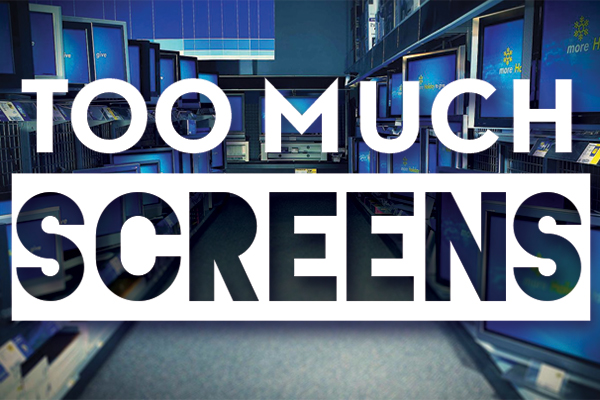Too much screens | Issue 17
Happy endings
Although it has all the trappings of a post-Friends romance-based sitcom, Happy Endings uses subversive details to carve out a niche for itself. The characters regularly delude themselves about where their lives are going, and it plays deliciously against the show’s laugh-a-minute tone. This is an unusually real enough place to take the characters of a breezy, laugh-a-minute sitcom, but it is especially notable for being a corrective to exactly the shows that Happy Endings descended from.
But rather than just being all-out cynical, the show also knows how to use the warm, accepting glow of breezy sitcommery for social good. It subtly subverts expectations about gender, race, and sexuality through lived-in representation rather than tokenism, and avoids preachiness by having its characters navigate those areas like people, not symbols. Alex runs a fairly successful business, while Dave struggles to find the business acumen and motivation to get his food business going. Brad, who is black, does white-collar financial work, while his white-as-sour-cream wife Jane eventually becomes a car salesperson. Their marriage is primarily notable for the amount and quality of the sex they have, and their interactions are based around their individual personalities, not generalised social expectations about race, class or gender dynamics. Again, these are people, not just collections of relatable traits.
The same cheery attitude towards nuanced identity is applied to Max and his “love life.” Although Max is gay, he’s not “sitcom gay.” Far from the usual shrill, uptight gay characters, Max is a schlubby weirdo. So many shows struggle to find an identity for their gay characters beyond played-out stereotypes, but Happy Endings’ Max is a unique, memorable character, and has more in common with It’s Always Sunny In Philadelphia’s Charlie than any of sitcom history’s (few) earlier gay sitcom characters like Will & Grace’s Jack or Modern Family’s Cameron.
Happy Endings treats Max with the same sitcom glow as everyone else; his problems aren’t “gay problems,” they’re Max problems: regular old sitcom problems. He has less trouble finding a date than George Costanza, and it’s heartening to see the endless sitcom dating parade applied across the spectrum. So often on sitcoms, stories that involve characters from marginalised groups (usually guest stars, rather than main cast members) are consistently centred around particular challenges faced by that group, which leaves little space for a larger personal identity. On that score, Happy Endings is a welcome break.



